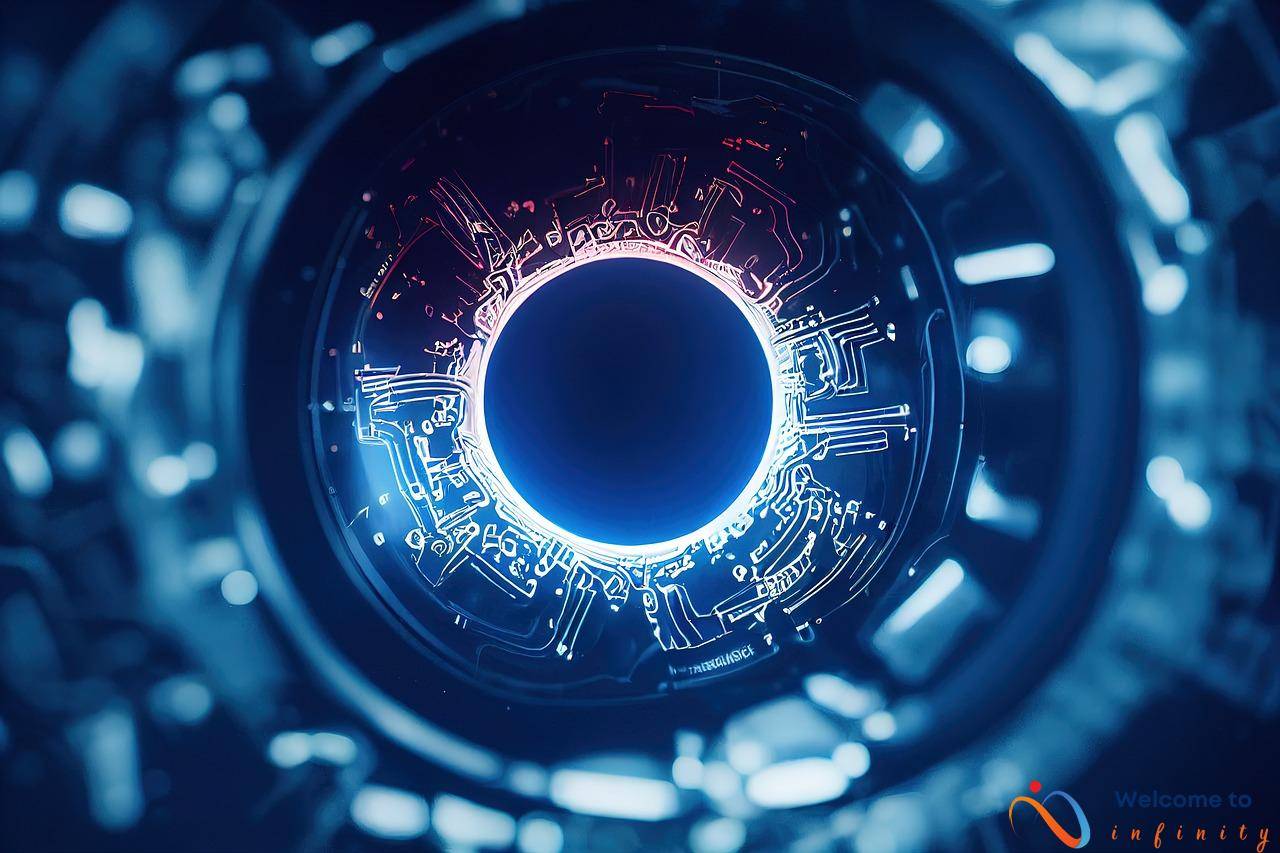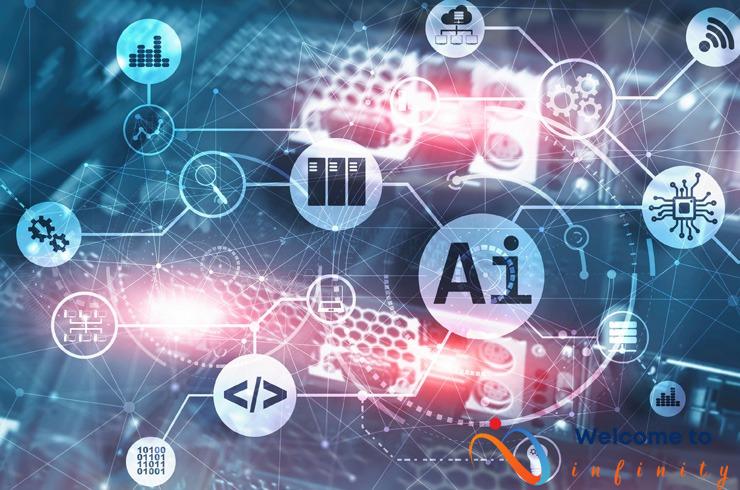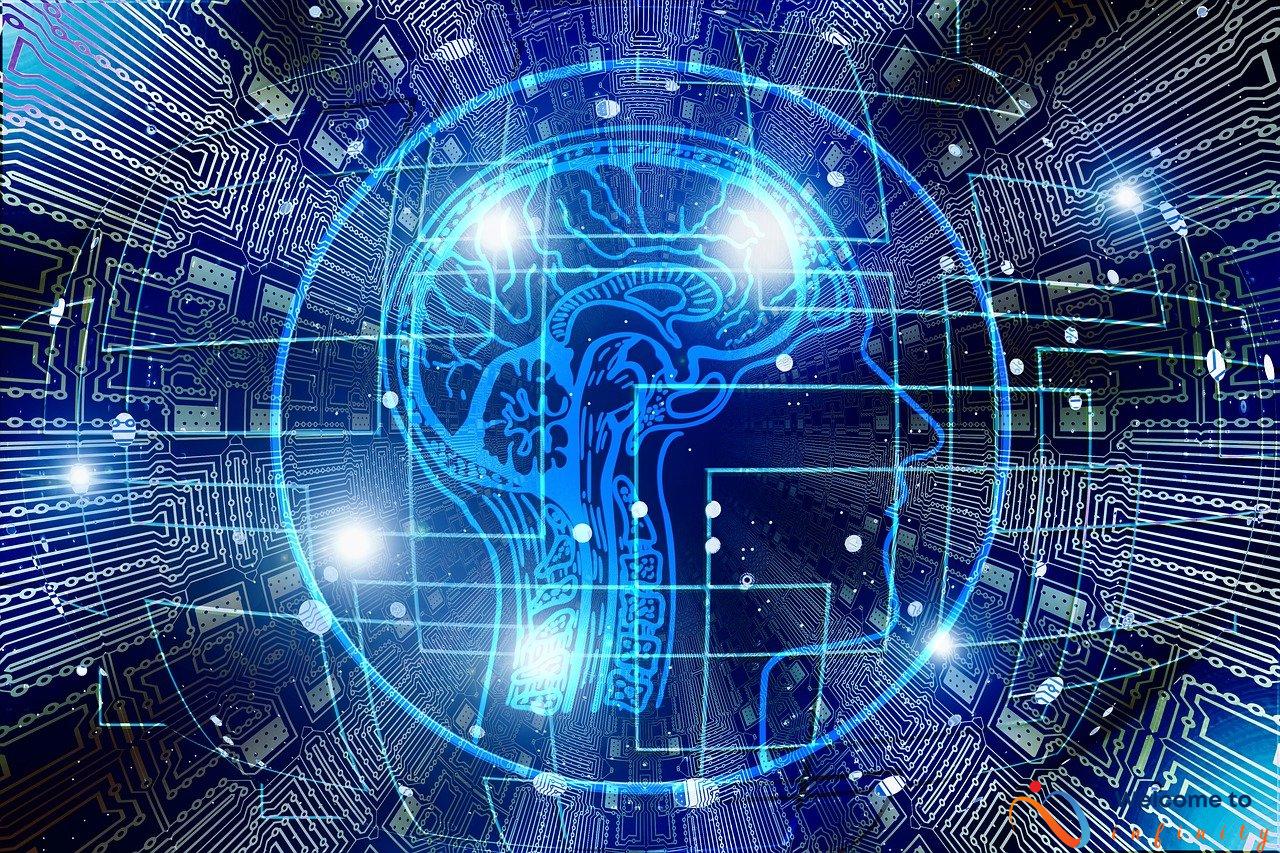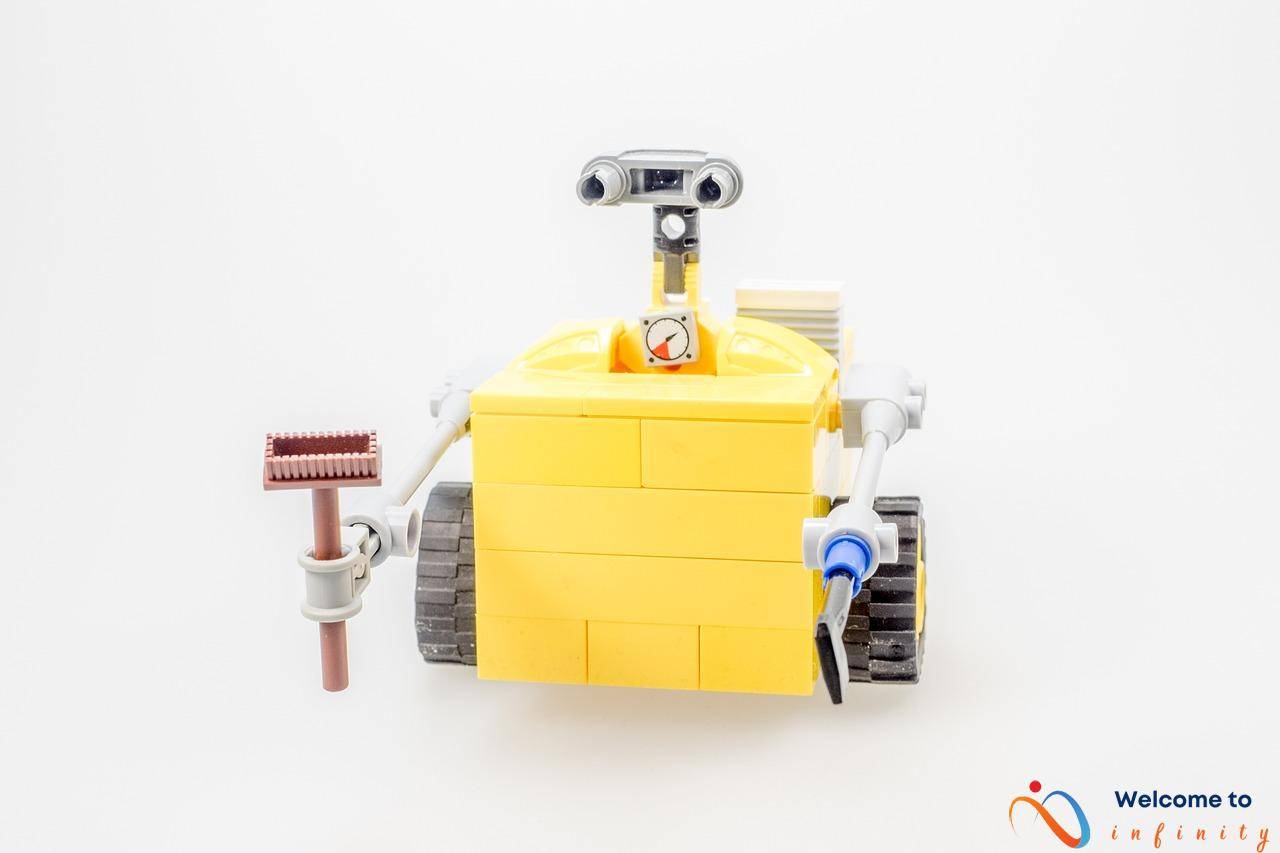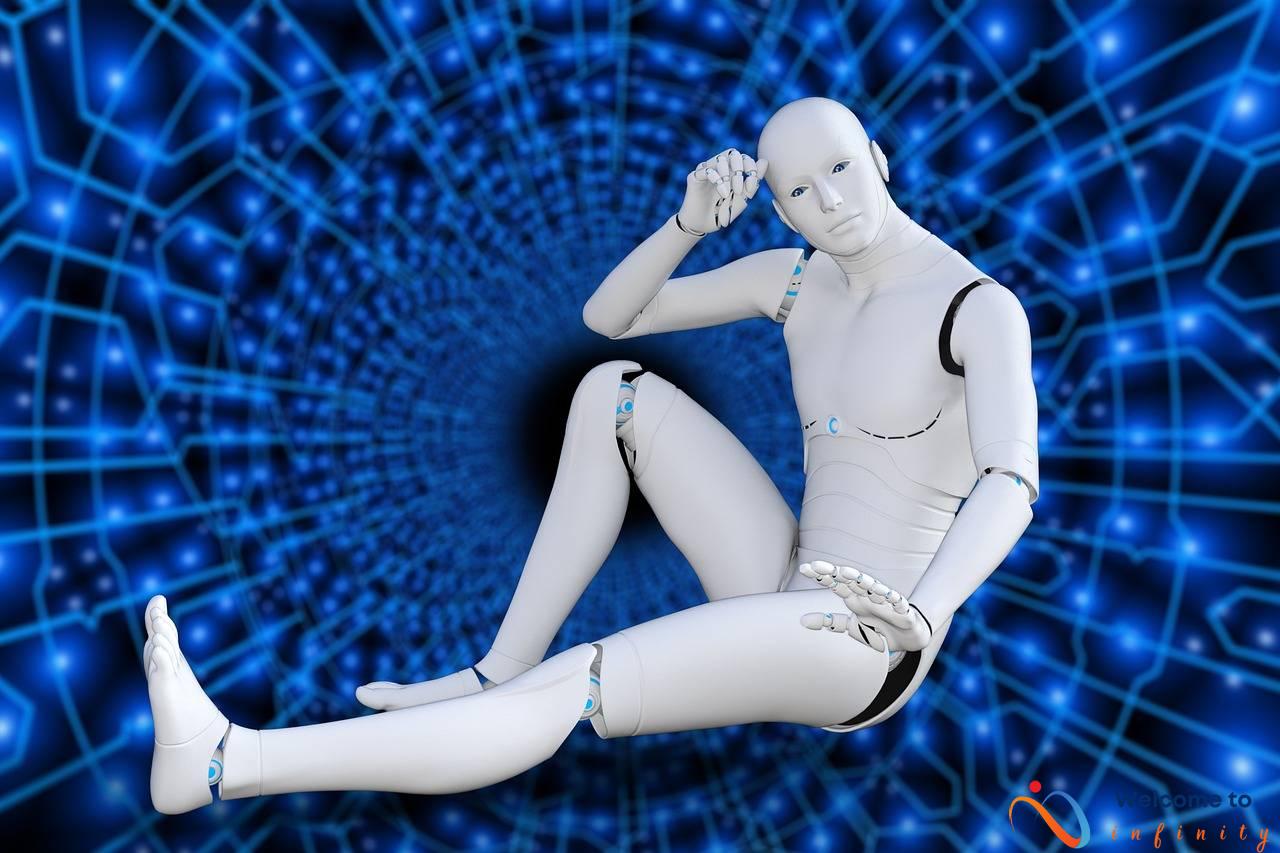Artificial intelligence (AI) has brought about a massive transformation in the world of digital marketing by enabling automated campaign optimization, personalized content creation, and better customer experiences. AI is the ability of machines to mimic human behavior, and it is used extensively in digital marketing worldwide. It automates various processes and creates personalized experiences for customers, thus increasing engagement and conversion rates.
One of the major use cases of AI in digital marketing is automated campaign optimization. AI can analyze campaign data and make real-time adjustments, ensuring the best possible results for each campaign. Automated optimization can increase return on ad spend, reduce costs, and save time spent on manual tasks. AI-powered algorithms analyze data and respond to changes in real-time, making adjustments to ad targeting, bidding strategies, and creative elements. However, challenges remain, including the need for quality data, the potential for bias in algorithms, and the need for ongoing monitoring and adjustments.
Another significant application of AI in digital marketing is personalized content creation. AI can analyze consumer data and behavior to create personalized content, increasing engagement and conversion rates. Personalized content can improve customer loyalty, lead to higher conversion rates, and increase engagement rates. AI algorithms use consumer data to create targeted messaging, imagery, and other content elements based on consumer behavior and preferences. However, there are challenges involved in personalized content creation, including the need for quality data, the potential for privacy concerns, and the need for ongoing testing and optimization.
AI-powered chatbots and voice assistants are also transforming customer interactions in digital marketing, providing personalized, efficient, and cost-effective support. These chatbots and voice assistants use machine learning algorithms to interpret and respond to customer inquiries, reducing wait times, and providing fast and efficient support. Benefits of AI-powered chatbots and voice assistants include improved customer satisfaction, reduced costs, and increased efficiency. However, challenges include the need for quality data, the potential for errors in responses, and the need for ongoing monitoring and adjustments.
What is AI and how is it used in Digital Marketing?
AI or artificial intelligence refers to machines that can perform tasks that typically require human intelligence, such as learning, reasoning, and problem-solving. In digital marketing, AI is used to automate tasks and create personalized customer experiences.
AI technologies enable digital marketers to analyze huge amounts of customer data and deliver personalized content to each customer based on their interests, preferences, and behavior. Automated campaigns powered by AI algorithms can adjust targeting, bidding, and creative elements in real-time to deliver better results and increase ROI.
AI-powered chatbots and voice assistants are also revolutionizing customer support by providing fast and efficient assistance around the clock.
Overall, AI has the potential to transform digital marketing by enabling more efficient and effective customer engagement, data analysis, and campaign optimization. However, it is necessary to monitor and adjust AI-powered systems continuously to ensure accurate results and account for potential inaccuracies or biases.
Automated Campaign Optimization
Automated Campaign Optimization powered by AI is transforming the way digital marketing campaigns are managed and executed. The power of artificial intelligence enables marketers to rapidly analyze vast amounts of campaign data, identify trends, and make real-time adjustments that ensure campaigns are on track to achieve their KPIs. AI-powered algorithms analyze data and respond to changes in real-time, making adjustments to ad targeting, bidding strategies, and creative elements, often far quicker than humans can do.
The benefits of Automated Campaign Optimization are clear; it can significantly increase return on ad spend (ROAS), reduce marketing costs, and save time spent on manual tasks. It is, however, also important to note that Automated Campaign Optimization also comes with its own set of challenges.
The most significant challenge is the need for quality data. Automated systems will only perform as well as the data that powers them, and this data needs to be high quality, comprehensive, and up to date. Another potential challenge is the potential for bias in algorithms, which can cause campaigns to become misdirected or ineffective. Finally, Automated Campaign Optimization will require ongoing monitoring and adjustments, which may come with a price.
In summary, Automated Campaign Optimization powered by AI is a game-changer. It has the potential to transform digital marketing campaigns, help marketers achieve their goals, and improve ROI. However, it is essential to be mindful of its challenges and ensure that it is used responsibly, with high-quality data, transparent algorithms, and human oversight.
How does Automated Campaign Optimization work?
Automated Campaign Optimization is an essential feature of AI in digital marketing. AI-powered algorithms analyze campaign data to make real-time adjustments that are essential for the success of the campaign. The algorithms analyze ad targeting, bidding strategies, and creative elements simultaneously and make the necessary adjustments. Furthermore, AI-enabled algorithms can respond quickly to changes to ensure better results for each campaign.
The automated optimization process begins with the analysis of data collected from a campaign. The algorithms consider several factors such as audience demographics, search history, location, and behavior. The system then uses machine learning to identify patterns and trends in the data to make real-time adjustments. The adjustments made by AI-powered algorithms help improve the efficiency of the campaign.
Automated campaign optimization offers several benefits for businesses. Firstly, it can significantly increase the return on ad spend, reducing costs in the process. Additionally, it saves time spent on manual tasks, which can be used to focus on strategy and decision-making. Even though automated optimization offers various benefits, some challenges come with it. Some of these challenges include the need for quality data, the potential for bias in algorithms, and the need for ongoing monitoring and adjustments.
Benefits of Automated Campaign Optimization
Automated Campaign Optimization with AI offers several benefits to digital marketers. Firstly, it can help increase the return on ad spend by analyzing campaign data and making real-time adjustments. AI algorithms can automatically adjust ad targeting, bidding strategies, and creative elements, ensuring the best possible results for each campaign. This leads to a higher ROI for the same amount of advertising spend.
Secondly, automated optimization can reduce costs by eliminating the need for manual labor and guesswork. With AI handling campaign optimization, the time spent on manual tasks can be saved and used on other important aspects of digital marketing strategy. This not only reduces labor costs but also increases efficiency in the long run.
Finally, automated optimization saves time by making immediate and data-driven decisions. AI-powered algorithms analyze the data in real-time and make necessary adjustments on the go. This eliminates the need to wait for the end of the campaign to evaluate its performance, and allows for faster decision making and testing.
In summary, the Benefits of Automated Campaign Optimization can enhance the effectiveness, efficiency, and accuracy of digital marketing campaigns, providing better results for businesses at a lower cost and saving the time and effort of manual campaign optimization.
Challenges of Automated Campaign Optimization
Challenges of Automated Campaign Optimization
While automated campaign optimization offers numerous benefits, there are also challenges that businesses need to be aware of. One of the most critical challenges is the need for quality data. AI algorithms require large amounts of quality data to make informed decisions and provide accurate recommendations. Poor quality data can lead to incorrect optimization decisions and negatively impact ad performance.
Another challenge is the potential for bias in algorithms. If the data used to train the algorithm is biased or incomplete, then the AI may make inaccurate decisions. It's important to regularly review and update the data used to train the AI to avoid this issue.
Ongoing monitoring and adjustments are also essential to ensure that campaigns continue to perform at their best. AI-powered optimization is not a set-it-and-forget-it solution. Instead, businesses need to continually analyze and adjust campaigns to maximize their effectiveness. Failure to do so can result in missed opportunities and lost revenue.
Overall, while there are challenges associated with automated campaign optimization, the benefits generally outweigh the risks. By ensuring quality data, avoiding bias, and continually monitoring campaigns, businesses can get the most out of their digital ad spend and improve overall performance.
Personalized Content Creation
Creating personalized content is one of the most vital aspects of digital marketing, and AI can make it easier than ever before. By analyzing user data, AI algorithms can create targeted messaging, imagery, and other content elements based on consumer behavior and preferences.
The benefits of personalized content are many. It can significantly increase engagement rates, lead to higher conversion rates, and improve customer loyalty. By providing customers with content that caters to their interests and needs, you can make them feel valued, fostering a stronger relationship between your brand and your customers.
However, creating personalized content using AI is not without its challenges. The first challenge is the need for quality data. Your algorithms can provide only as good results as the input data allows. Thus, you need to ensure that you have quality data before you start analyzing it with AI.
The second challenge is the potential for privacy concerns. Some individuals might feel uncomfortable with the idea of an AI analyzing their behavior and preferences. Thus, it is vital to be transparent with your customers about the data you are collecting and how you intend to use it.
Finally, ongoing testing and optimization of your algorithms are necessary. Even the most effective algorithms are not perfect, and as consumer behavior changes over time, your algorithms need to adapt. By tracking and analyzing the performance of your AI algorithms continuously, you can ensure that your personalized content remains as effective as possible.
How does Personalized Content Creation work?
How does Personalized Content Creation work?
Personalized content creation is a process where the artificial intelligence algorithms use consumer data to develop targeted content elements such as messaging, imagery, and other related content components based on consumer preferences and behavior. These targeted messages are more likely to lead to engagement, conversions, and customer loyalty, thereby proving to be beneficial for businesses.
The process involves gathering personal information and identifying specific behaviors of customers, which helps the AI algorithm to develop targeted messages. This is done by analyzing consumer data such as search history, purchase behavior, demographic information, and social media activity, to name a few. Once the data is analyzed, the AI algorithm uses it to create targeted messaging that can be delivered through various channels including social media, email marketing, and website content.
The AI algorithms also identify patterns in language, images, and other content elements that are most likely to engage the target audience. This results in more personalized messages with higher relevancy, driving increased customer engagement and higher conversion rates. The best part? Personalized content creation is an ongoing process, meaning that AI algorithms continue to learn and evolve to deliver more effective messaging over time.
Overall, the combination of AI and personalized content creation has been proven to increase customer engagement and conversion rates, resulting in higher ROI for businesses that utilize the technology. By analyzing customer preferences and behaviors, personalized content creation creates targeted messaging that resonates with consumers, leading to higher engagement rates and customer loyalty.
Benefits of Personalized Content Creation
Personalized content creation is a powerful tool for digital marketers. By analyzing consumer behavior and preferences, AI algorithms can create content that is tailored to each individual customer. This personalized approach can have numerous benefits for businesses, including increased engagement rates, higher conversion rates, and improved customer loyalty.
Firstly, personalized content can increase engagement rates by capturing the attention of customers who may otherwise be difficult to reach. With more personalized content, customers are more likely to engage with marketing campaigns and spend more time on a website. This increased engagement can lead to higher conversion rates, as customers who are more engaged with a brand are more likely to make a purchase.
Furthermore, personalized content can improve customer loyalty by making customers feel valued and understood. It creates a sense of connection between the customer and the brand. When customers feel appreciated, they are more likely to return to the business for future purchases, which can help to drive long-term revenue growth.
In summary, personalized content creation is a valuable tool for digital marketers. By using AI algorithms to create targeted messaging, imagery, and other content elements, businesses can increase engagement rates, lead to higher conversion rates, and improve customer loyalty.
Challenges of Personalized Content Creation
While personalized content can bring many benefits to digital marketing campaigns, it also comes with its own set of challenges. One of the biggest challenges of personalized content creation is the need for quality data. AI algorithms rely on relevant, accurate data to create targeted messaging, imagery, and other content elements. Without quality data, the personalized content can miss the mark and do more harm than good.
Another challenge is the potential for privacy concerns. To create personalized content, AI algorithms need to collect and process consumer data. This can raise privacy concerns among consumers, who may be worried about how their data is being used and who has access to it.
The final challenge is the need for ongoing testing and optimization. Personalized content is not a one-and-done kind of deal. AI algorithms need to constantly test and optimize the content to ensure it resonates with consumers and drives results. This requires time, resources, and expertise.
- Quality data is essential for successful personalized content creation.
- Privacy concerns may arise when collecting and processing consumer data for personalized content.
- Ongoing testing and optimization is necessary to ensure the content resonates with consumers and drives results.
Better Customer Experiences
AI-powered chatbots and voice assistants are revolutionizing the way customers interact with brands. By leveraging machine learning algorithms, chatbots and voice assistants can provide personalized, efficient, and cost-effective support to customers.
Chatbots are software programs that can simulate human conversation, while voice assistants use natural language processing to interpret human speech. These tools are increasingly being used by brands to provide customer support, answer product questions, and even process sales.
One of the major advantages of AI-powered chatbots and voice assistants is their ability to provide personalized support to each customer. These tools analyze data on each customer's previous interactions, preferences, and purchase history to provide tailored recommendations and support.
In addition to providing personalized support, chatbots and voice assistants are also highly efficient, reducing wait times and helping customers quickly find the information they need. This can lead to increased customer satisfaction and loyalty, as well as reduced costs for brands.
Despite their advantages, however, there are also challenges associated with AI-powered chatbots and voice assistants. Quality data is critical for accurate responses, and there is always the potential for errors or bias in the algorithms. Ongoing monitoring and adjustments are necessary to ensure that these tools continue to provide high-quality customer support.
How do AI-powered chatbots and voice assistants work?
AI-powered chatbots and voice assistants are revolutionizing customer service. These technologies use machine learning algorithms to analyze and interpret customer inquiries, helping to reduce wait times and provide fast, efficient support. When a customer interacts with a chatbot or voice assistant, their questions are analyzed by the AI-powered system. This system then searches through its database of pre-programmed responses and selects the most appropriate answer to the customer's question.
In some cases, AI-powered chatbots and voice assistants may use Natural Language Processing (NLP) technology to better understand the customer's intent. NLP technology enables machines to understand human language and communicate in a more natural and nuanced way. By using NLP, chatbots and voice assistants can hold more realistic and meaningful conversations with customers.
AI-powered chatbots and voice assistants provide many benefits to businesses, including 24/7 support, faster response times, and reduced costs. Chatbots and voice assistants can handle a high volume of inquiries, freeing up customer service agents to focus on more complex issues. Additionally, they can be programmed to handle routine tasks such as booking appointments or processing orders, which further reduces costs and improves efficiency.
However, there are also some challenges associated with AI-powered chatbots and voice assistants. These include the need for high-quality data, the potential for errors in responses, and the need for ongoing monitoring and adjustment. Chatbots and voice assistants must be continuously trained and updated to ensure they provide accurate and helpful responses to customers.
Benefits of AI-powered chatbots and voice assistants
AI-powered chatbots and voice assistants have numerous benefits for businesses and customers alike. By using machine learning algorithms, these tools can provide personalized, efficient, and cost-effective support.
Improved customer satisfaction is one of the primary benefits of AI-powered chatbots and voice assistants. Customers can receive assistance and answers to their inquiries quickly and efficiently without having to wait in long queues or talk to a human representative. This reduces the waiting time and provides an overall better customer experience.
Reduced costs are another essential benefit of using AI-powered chatbots and voice assistants. With fewer human representatives required to address customer inquiries, businesses can save significant costs on salaries, training, and resources. Besides, automated assistants can work 24/7, providing assistance to customers even outside of business hours.
Increased efficiency is yet another significant benefit of using AI-powered chatbots and voice assistants. These tools can process large amounts of data in real-time and respond instantly to customer inquiries. The response time is considerably reduced, and customers are more likely to be satisfied with quick, accurate answers.
In conclusion, AI-powered chatbots and voice assistants offer numerous benefits for businesses and customers alike. These tools help reduce costs, improve customer satisfaction, and increase efficiency, making them an essential part of the digital marketing landscape. With the right data and monitoring, automated assistants can provide excellent support that ultimately leads to better results for businesses.
Challenges of AI-powered chatbots and voice assistants
While AI-powered chatbots and voice assistants have revolutionized customer interactions, they pose certain challenges that need to be addressed. One of the biggest challenges is the need for quality data. To provide accurate and relevant responses, AI algorithms need access to high-quality data. Poor quality data can lead to inaccurate responses, which can damage customer satisfaction.
Another challenge is the potential for errors in responses. AI algorithms are not perfect, and there is always a risk of them providing incorrect or inappropriate responses to customer inquiries. This can be due to inconsistencies in data or errors in programming. Therefore, it's crucial to continually monitor and test chatbots and voice assistants to ensure they are providing accurate and appropriate responses.
The need for ongoing monitoring and adjustments is another challenge. Chatbots and voice assistants need to be continually updated to keep up with changes in customer behavior and preferences. It's essential to monitor their performance and make ongoing adjustments to improve their functionality and accuracy.
In summary, AI-powered chatbots and voice assistants offer many benefits, but they also pose certain challenges that must be addressed. By ensuring quality data, monitoring responses, and making ongoing adjustments, companies can provide accurate, efficient, and cost-effective customer support.






